The Secret Language of Nature: How I Learned to Navigate Without a Compass
Ever felt lost in the wilderness, wishing you could read the landscape like a map? You’re not alone. Natural navigation, the art of finding your way using nature’s clues, isn’t just a survival skill – it’s a gateway to a deeper connection with the world around us.
I remember the day I first realized the power of natural navigation. Lost on a hike in the Scottish Highlands, my GPS dead and the mist closing in, I panicked. But then I remembered something I’d read about moss growing more on the north side of trees. Looking around, I spotted a pattern in the moss growth and used it to orient myself. That small victory sparked a lifelong fascination with reading the landscape.
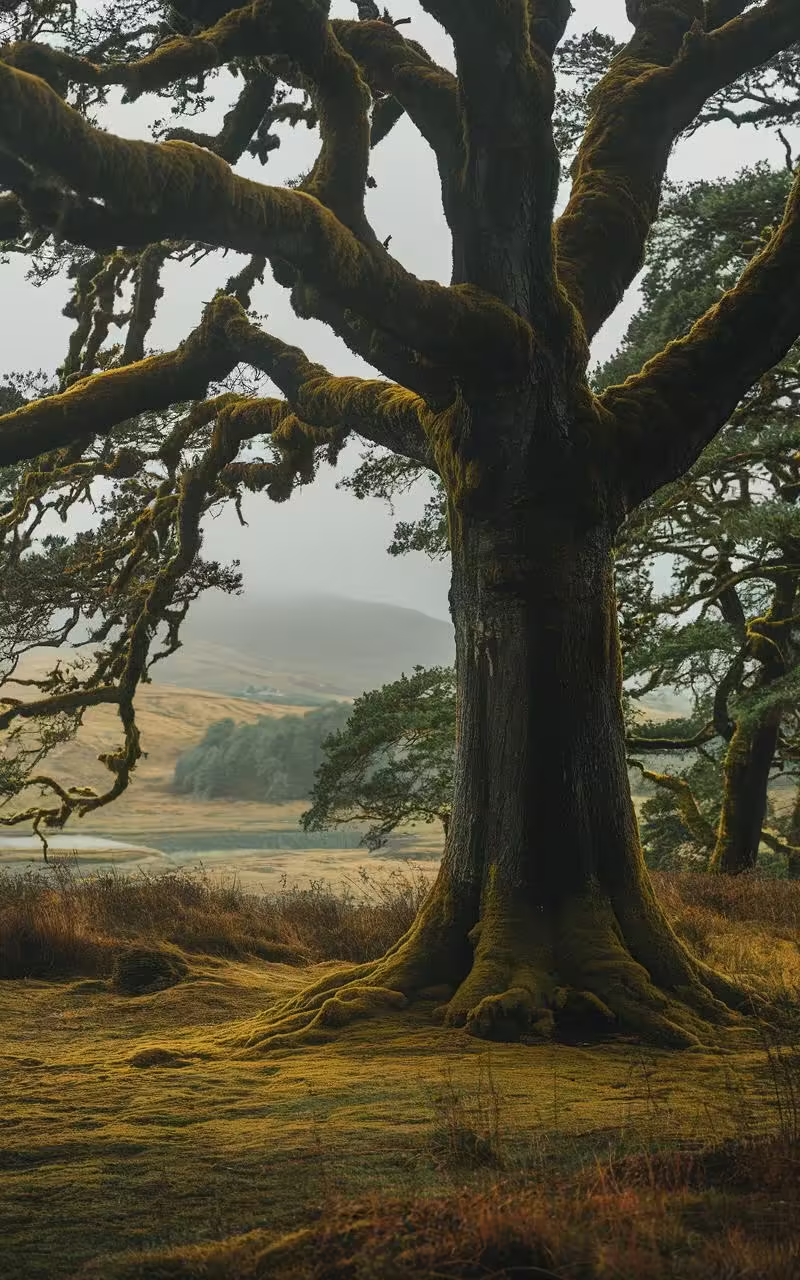
The Ancient Art That Could Save Your Life
Natural navigation isn’t new. Our ancestors used it to cross oceans and traverse continents. Indigenous communities still rely on these skills today. But in our tech-dependent world, we’ve lost touch with this innate ability to read our environment.
Tristan Gooley, the modern guru of natural navigation, argues that rediscovering these skills can transform how we see the world. His books, like “The Natural Navigator” and “How to Read Water”, have become my bibles for decoding nature’s secrets.
The Sky’s Not the Limit – It’s Your Guide
Look up. The sky is your first and most reliable navigational tool. The sun’s arc across the sky, the position of the North Star, even the shape and direction of clouds – they’re all signposts if you know how to read them.
I’ve used the sun to find my bearings countless times. The trick? Remember that it rises in the east and sets in the west. At midday in the Northern Hemisphere, it’s due south. Simple, yet incredibly powerful.
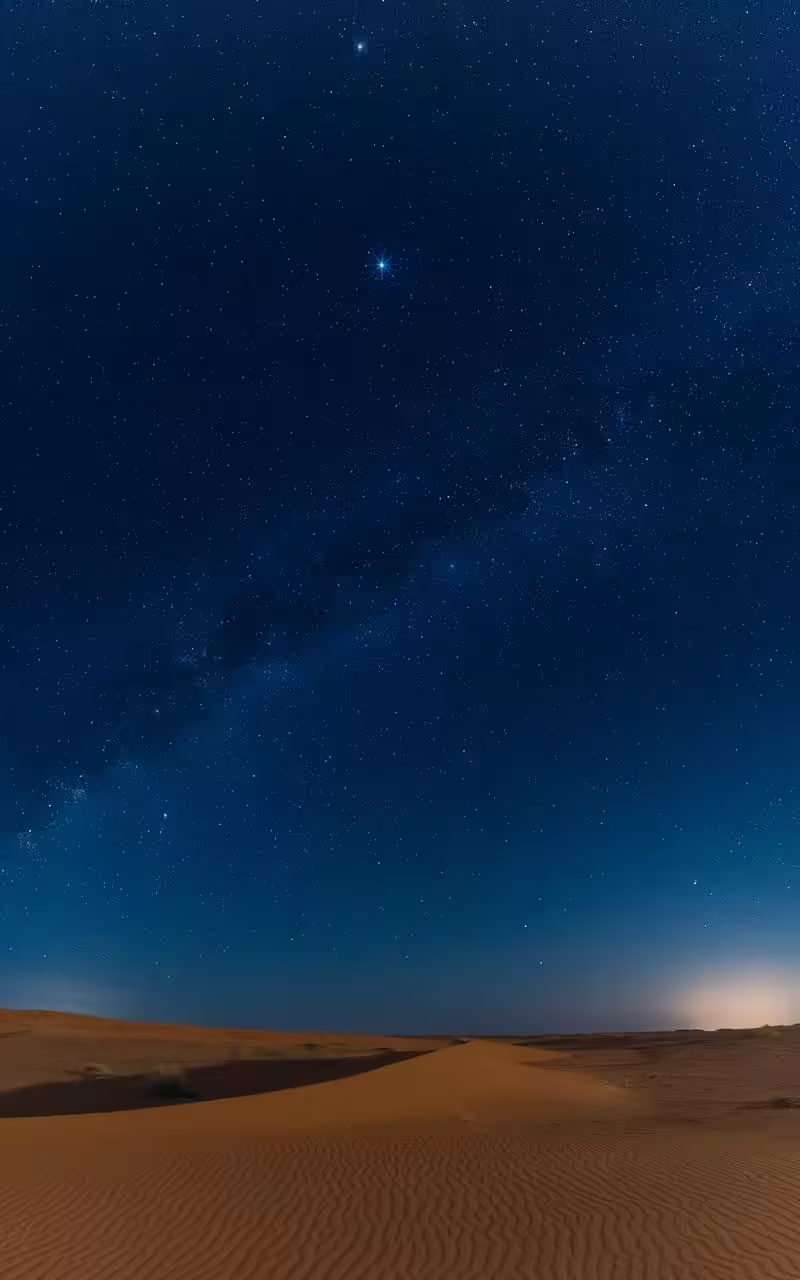
But what about at night or on cloudy days? That’s where stars come in. The North Star, Polaris, is nature’s compass rose. Once you can spot it, you’ll never feel lost again.
Landforms: Nature’s Silent Navigators
The land itself is full of directional clues. Wind-shaped trees, sand dunes, even the orientation of certain plants can point the way. In the Northern Hemisphere, many plants angle their leaves to catch the most sunlight from the south.
On a trip to the Sahara, I was amazed to see how Tuareg guides read the subtle changes in sand patterns to navigate. It’s a stark reminder that what looks like a featureless landscape to the untrained eye is rich with information for those who know how to look.
Water: A Liquid Compass
Rivers, streams, and even puddles can be powerful navigational aids. The direction of water flow, the shape of waves, and the patterns of erosion all hold clues about your location and the surrounding landscape.
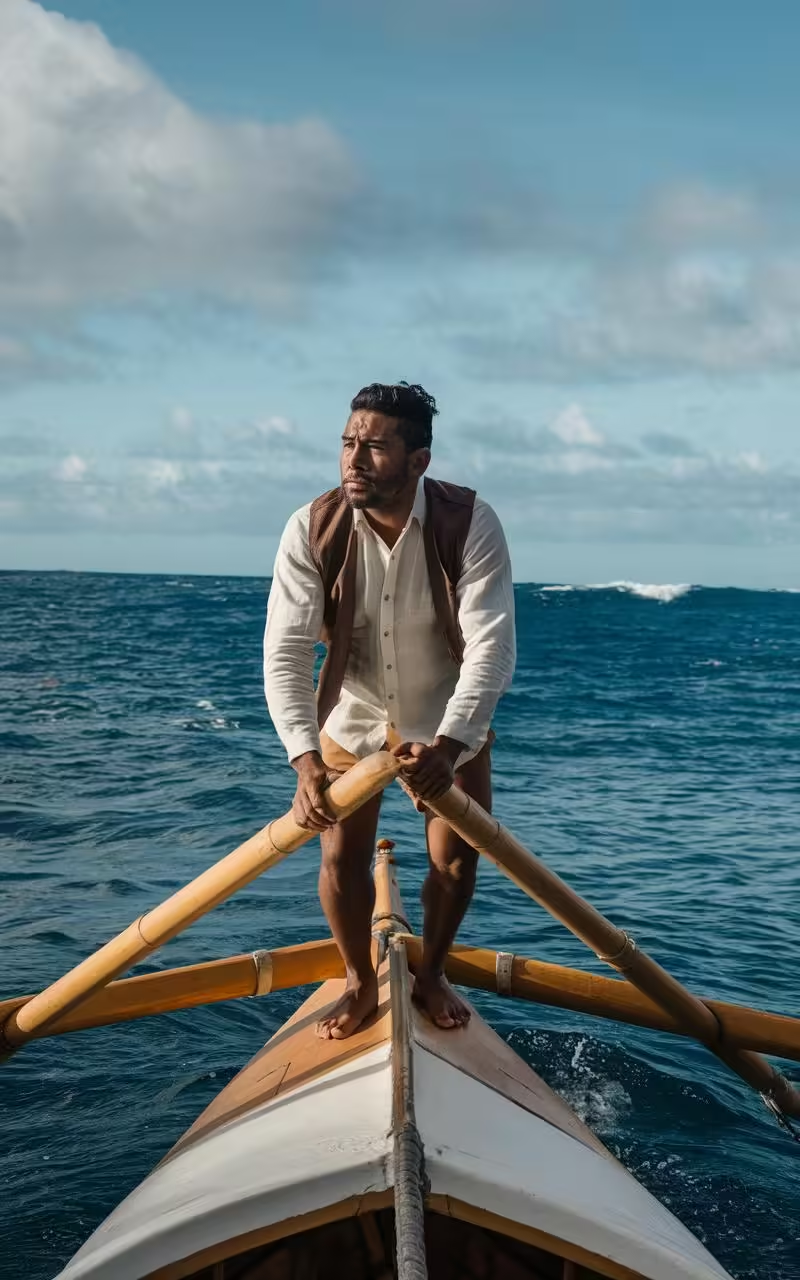
I once found my way back to camp on a cloudy day by following the flow of a small stream. Knowing it would eventually join a larger river near our site, I just had to trust in the water’s guidance.
Key Takeaway:
Natural navigation isn’t just about getting from A to B – it’s about developing a deeper understanding of your environment. By learning to read these signs, you’re tapping into an ancient skill that can enhance any outdoor experience.
The Secret Language of Animals
Ever watched birds fly south for the winter? Animals are nature’s living compasses. Their behavior, habitats, and even their tracks can provide valuable navigational information.
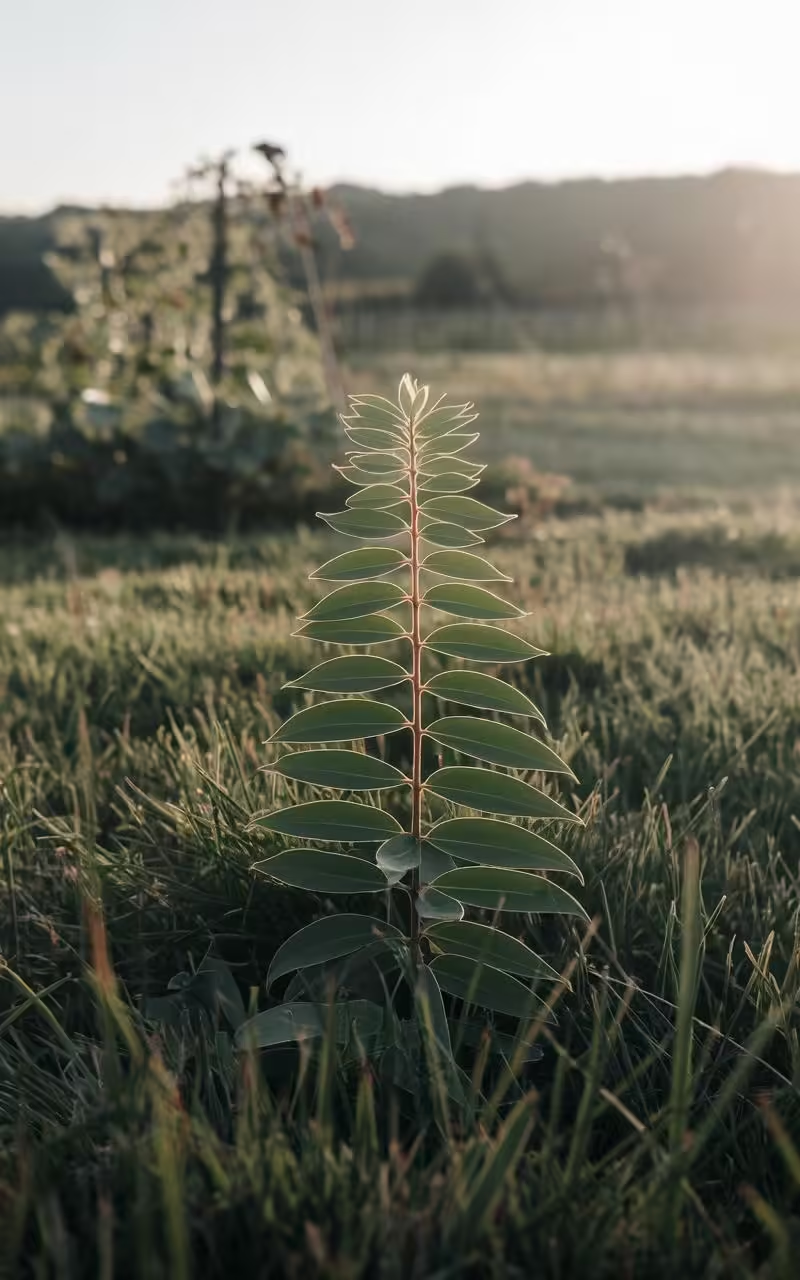
I’ll never forget watching a flock of geese form their iconic V-shape, heading south as autumn approached. It was a vivid reminder of nature’s rhythms and how they can guide us.
Plants: Your Green GPS
Plants are rooted in place, making them reliable indicators of direction and environment. In the Northern Hemisphere, many flowers turn to face the sun, effectively pointing south during the day.
On a recent hike, I noticed how the leaves of compass plants aligned themselves north-south. It felt like discovering a secret network of natural signposts hidden in plain sight.
Mastering the Wind’s Whispers
The wind is an invisible force that leaves visible traces. By learning to read these signs, you can determine prevailing wind directions and use them to navigate.
- Look for flag-shaped trees, their branches growing away from the prevailing wind
- Observe sand dunes – their gentle slopes face the wind, steep sides away from it
- Notice how snow accumulates on one side of obstacles
I once used the shape of wind-sculpted snow on a mountain to figure out which way was north. It felt like unlocking a code hidden in the landscape.
The Shadow Stick: Your DIY Compass
Here’s a simple technique that never fails to impress: the shadow stick method. All you need is a stick and a sunny day.
- Place a stick vertically in the ground
- Mark the tip of its shadow
- Wait 15 minutes, then mark the new shadow tip
- Draw a line between the two marks – this roughly indicates an east-west line
I’ve used this method to orient myself in featureless deserts and dense forests alike. It’s a powerful reminder that with a bit of knowledge, we’re never truly without a compass.
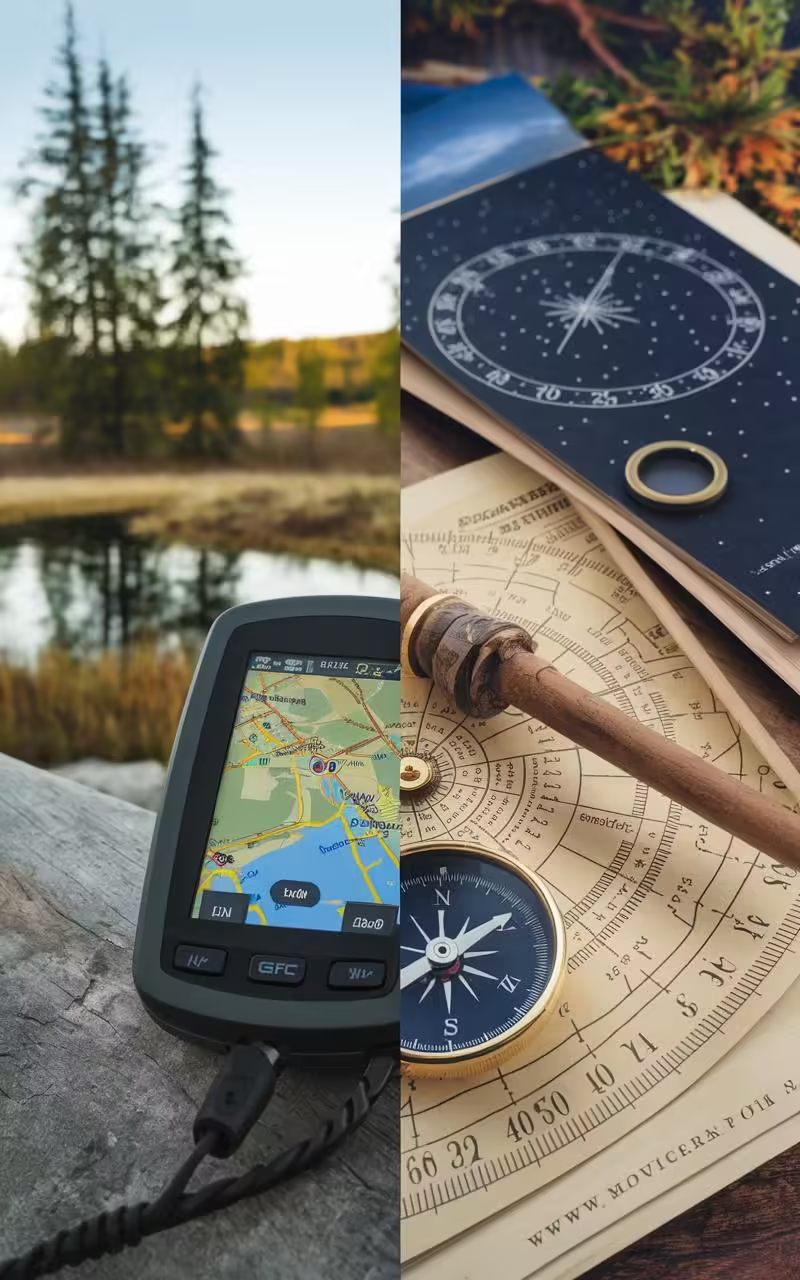
Key Takeaway:
Natural navigation techniques turn the entire landscape into your personal GPS. By learning to read these signs, you’re developing a skill that connects you deeply with your environment and could one day save your life.
The world around us is constantly communicating – we just need to learn its language. As we delve deeper into the art of natural navigation, we’ll explore how indigenous cultures have mastered these skills and how you can start applying them in your own outdoor adventures.
The Sixth Sense of Indigenous Wayfinders
Indigenous cultures around the world have honed natural navigation to an art form. Their deep connection to the land has produced incredible feats of wayfinding.
Polynesian navigators, for instance, can sail thousands of miles across open ocean using only natural cues. They read the stars, waves, winds, and even the flight patterns of birds to stay on course.
Your Body: The Ultimate Navigation Tool
Believe it or not, your own body can be a powerful navigational instrument. Our innate sense of direction is more accurate than we often give it credit for.
- The human inner ear can detect magnetic fields, potentially aiding our sense of direction
- Our eyes are naturally drawn to the horizon, helping us maintain a straight course
- Even our sense of smell can provide directional cues in certain environments
I’ve personally experienced this “sixth sense” of direction while hiking in dense forests. By trusting my instincts and paying attention to subtle bodily cues, I’ve often found my way when all other methods failed.
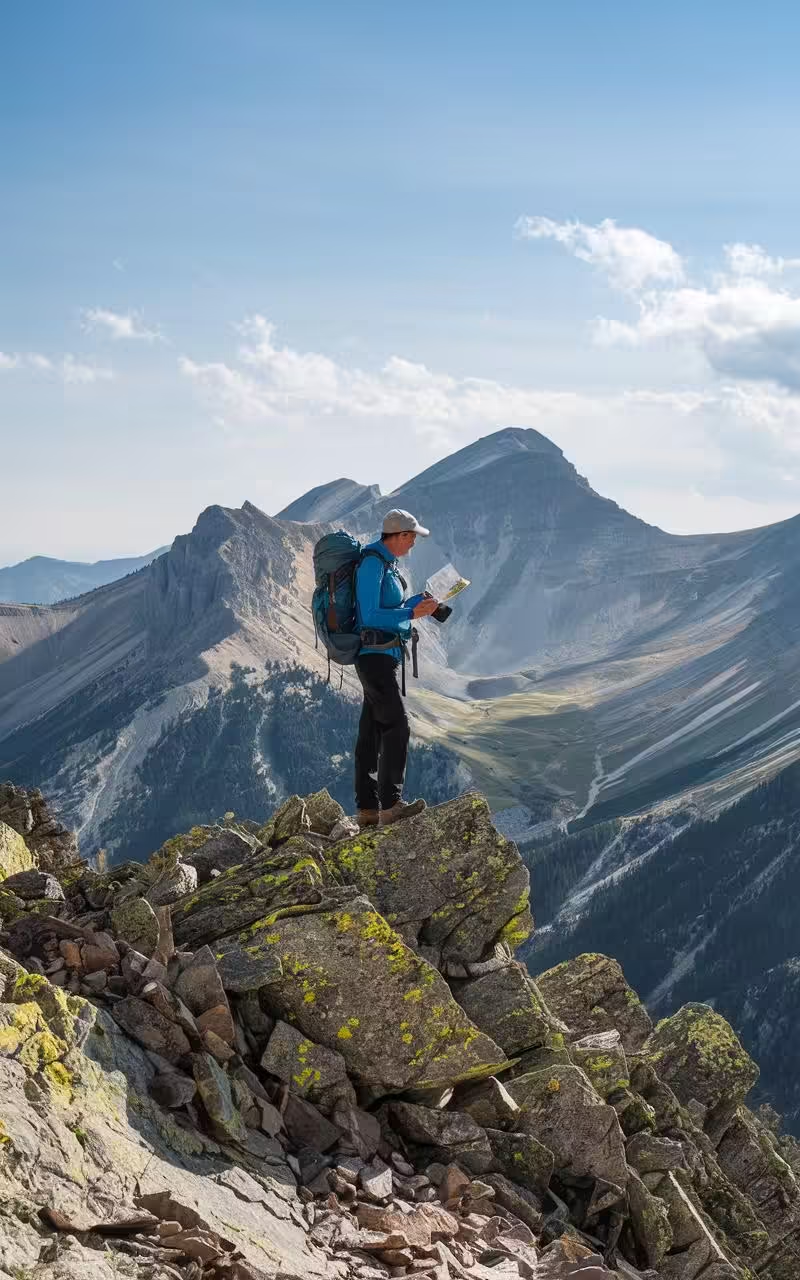
The Mental Map: Navigating with Your Mind
Natural navigation isn’t just about reading external cues – it’s also about how we process and remember spatial information.
Creating a mental map of your surroundings is a crucial skill for any navigator. It involves:
- Identifying and remembering key landmarks
- Understanding the relationships between different features in the landscape
- Visualizing your route and position even when you can’t see your destination
On a challenging multi-day hike in the Alps, I found that actively building a mental map each day significantly improved my navigation skills and confidence.
Nature’s Time Keepers: Navigating by Season and Time
The natural world is full of seasonal and diurnal rhythms that can aid in navigation:
- Migratory patterns of birds and animals
- Blooming cycles of plants
- Changes in daylight hours and sun position
During a year-long bicycle journey across Europe, I learned to gauge my northward progress by the changing length of days and the gradual shift in vegetation.
The Tech-Nature Balance: When to Use (and Not Use) GPS
In our modern world, it’s easy to rely solely on GPS and digital maps. But there’s immense value in balancing technology with natural navigation skills:
- Technology can fail or batteries can die
- Natural navigation deepens your connection with the environment
- Combining both methods enhances overall navigational accuracy
I always carry a GPS device on wilderness trips, but I make a point of practicing natural navigation alongside it. This dual approach has saved me more than once when technology failed.
Bringing It All Together: The Art of Holistic Navigation
True mastery of natural navigation comes from integrating all these methods into a holistic approach:
- Combine celestial, terrestrial, and biological cues
- Trust your instincts and bodily senses
- Build and refine your mental map constantly
Remember, natural navigation isn’t just about getting from A to B – it’s about developing a deeper understanding of your environment.

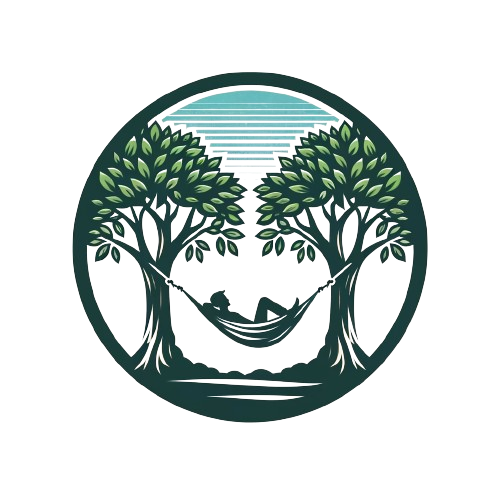
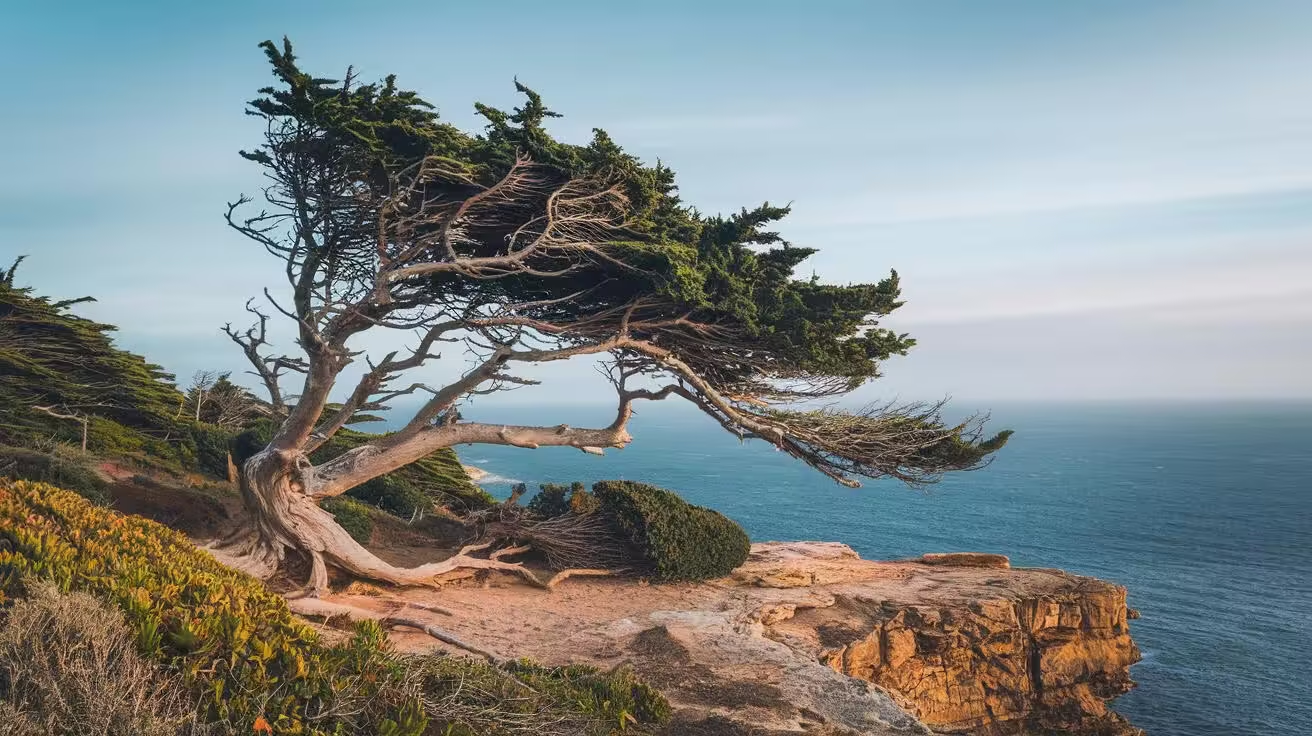

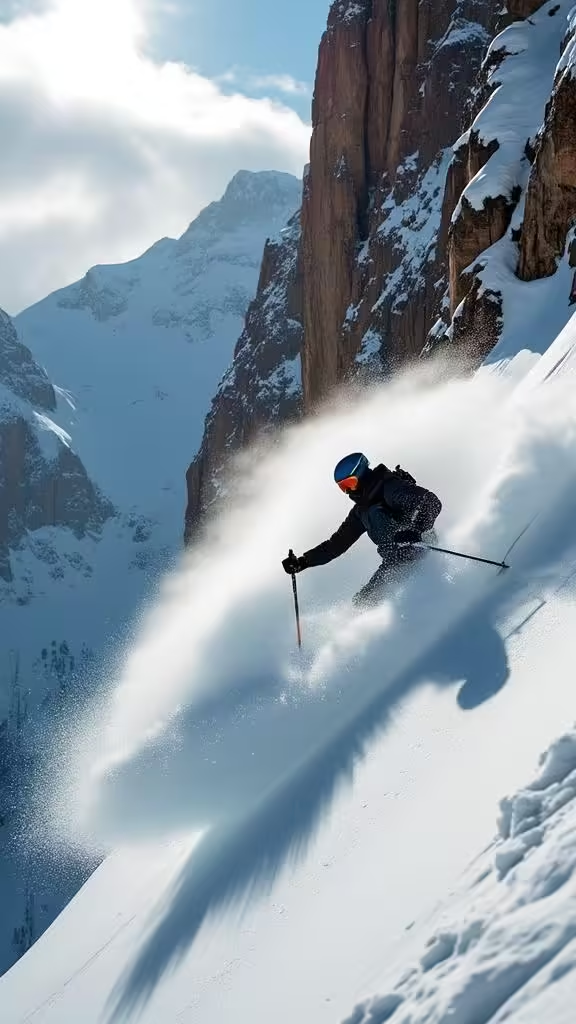
Leave a Reply